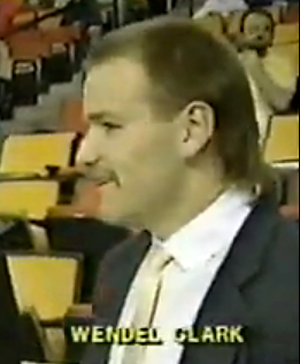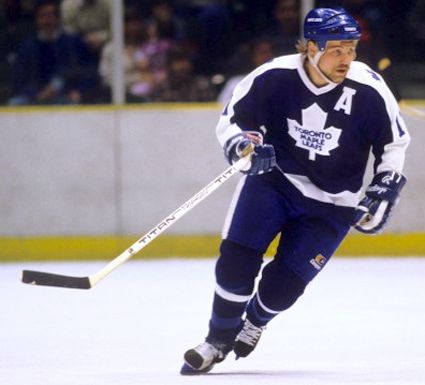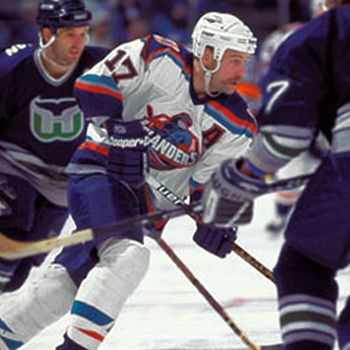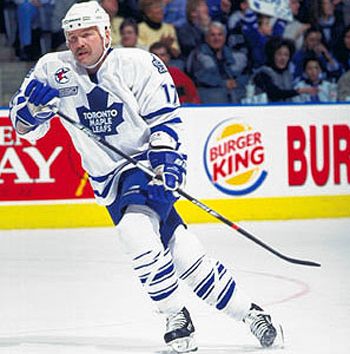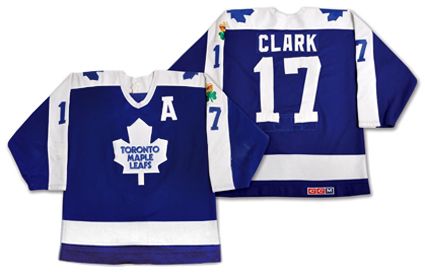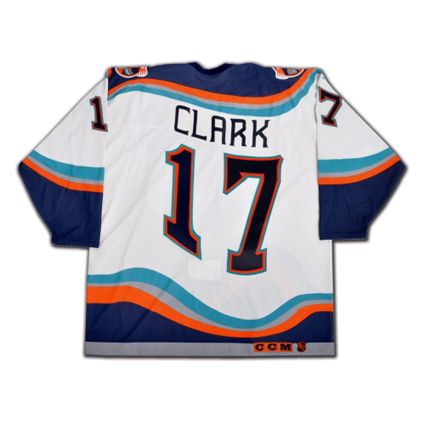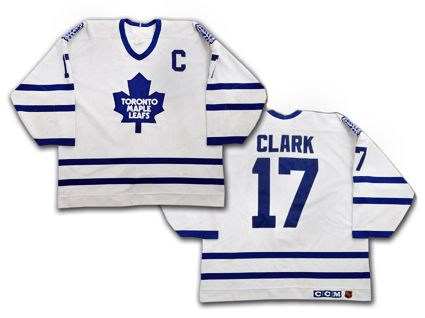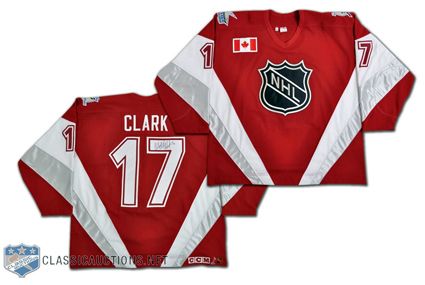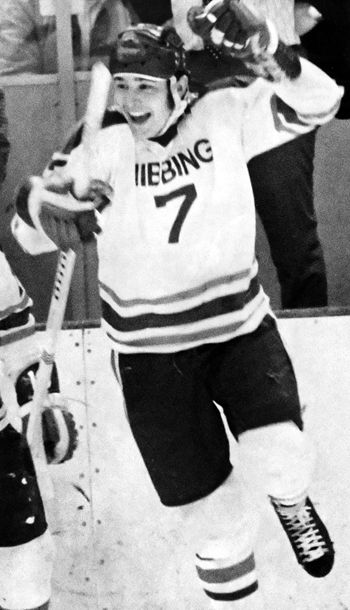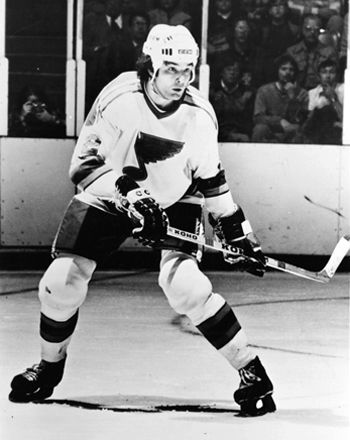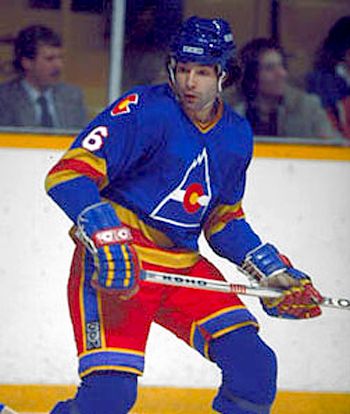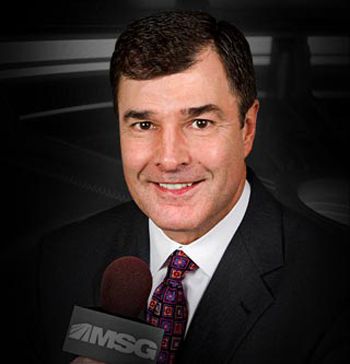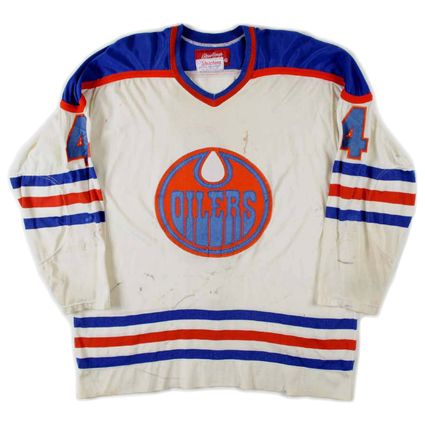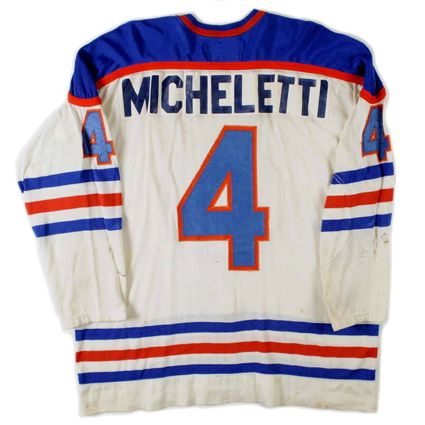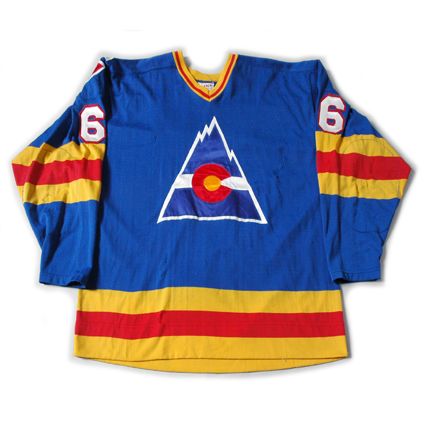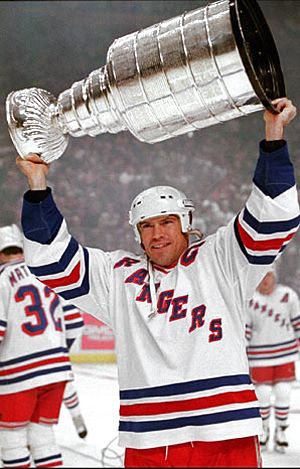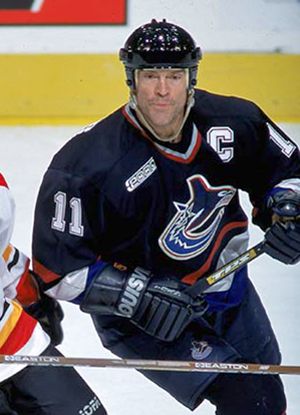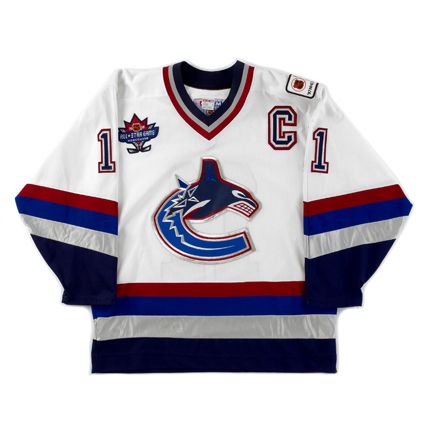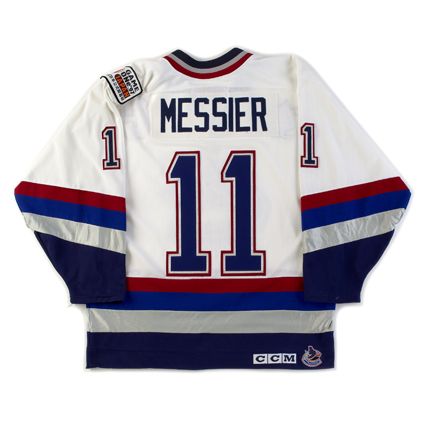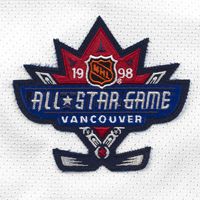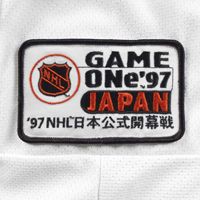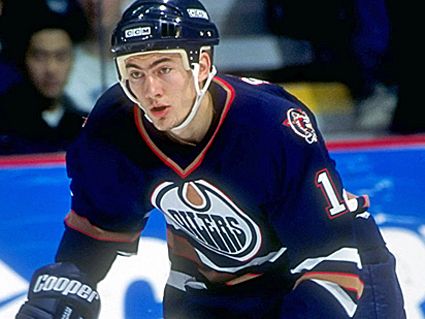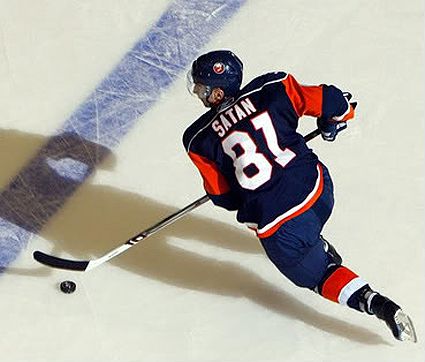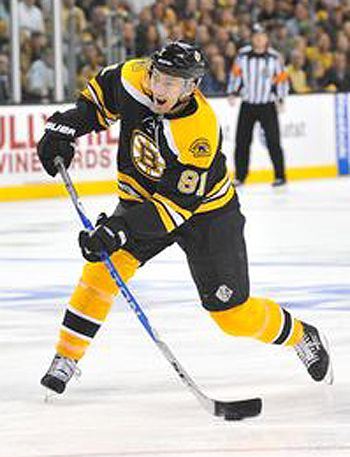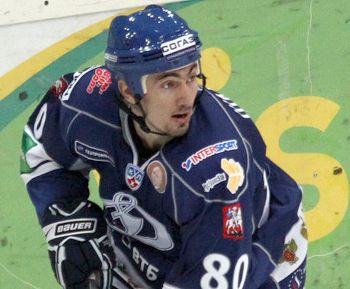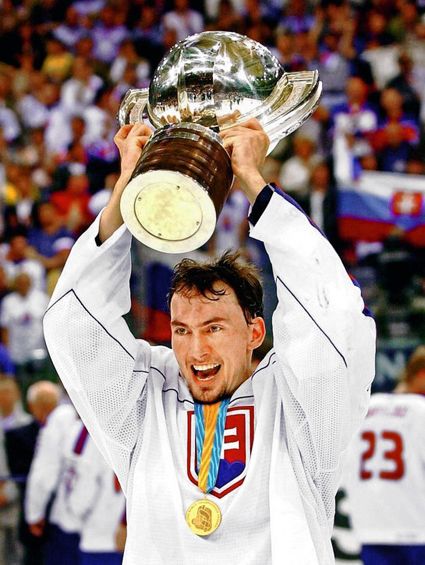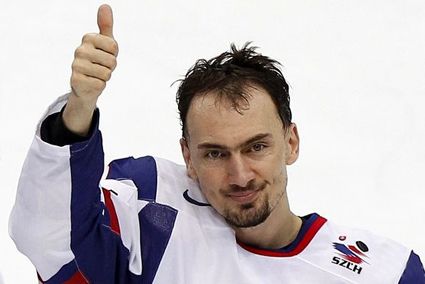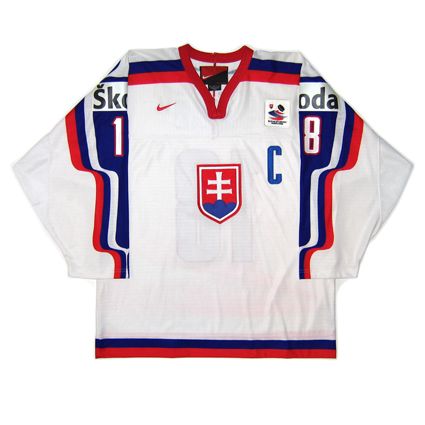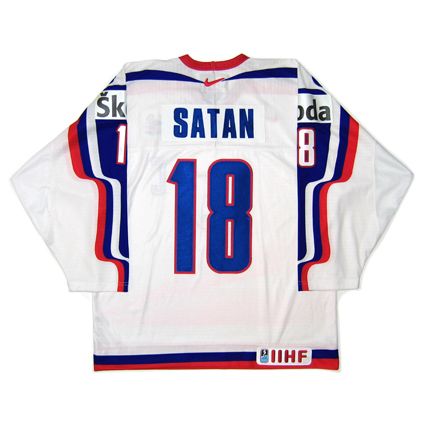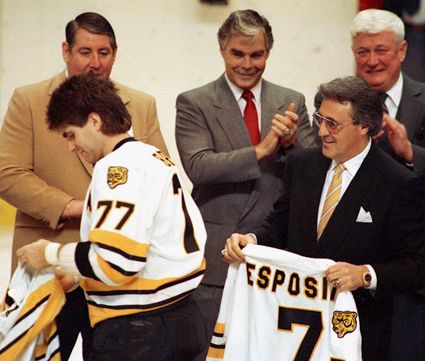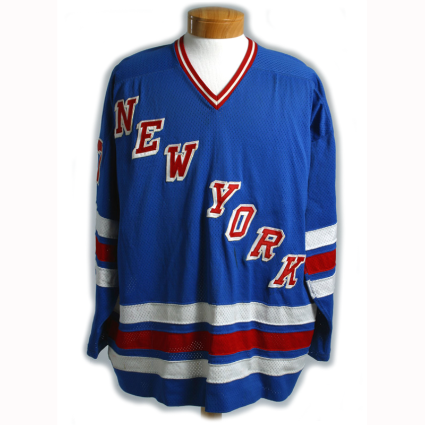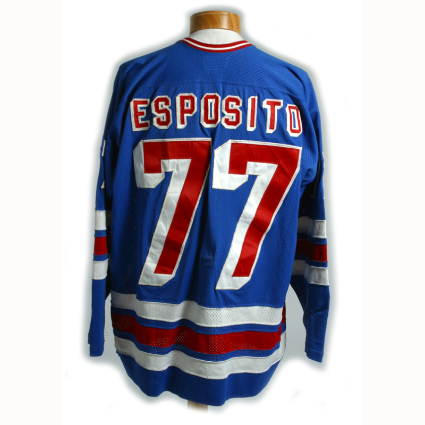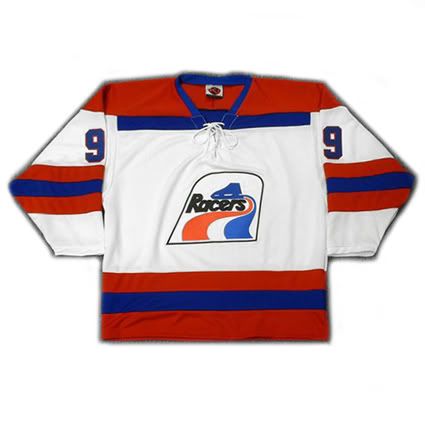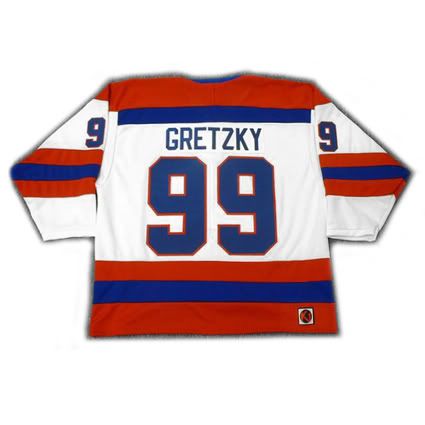The rugged Clark was drafted first overall in the 1985 NHL Entry Draft by Toronto and made his debut for the Maple Leafs later that year. He actually played defense in junior hockey, but was converted to a forward by the Maple Leafs, a club he would return to again and again during his career.
Clark would begin to frequently move from team to team for the remainder of his career, being traded by the Nordiques to the New York Islanders after just one season with Quebec following a contract hold out which meant Clark never played in Colorado when the Nordiques moved there for the 1995-96 season despite two years remaining on his contract. He would only play 58 games with the Islanders before another deal saw him finish the season back in Toronto.
Two more seasons in Toronto, of just 65 and 47 games, would be followed by a 65 game stint with the Tampa Bay Lightning, during which he scored an impressive 30 goals to prove he had not lost his offensive skills. It was not enough to afford him any level of stability however, as he was again traded, this time to the Detroit Red Wings at the deadline. His 12 games with Detroit gave him a total of 77 for the season, easily his highest total in 12 years.
Clark had his #17 jersey raised to the rafters of the Air Canada Centre in November of 2008, the 16th player to have his number honored by the Maple Leafs.
This style would remain unchanged through the 1991-92 season, a run of 22 seasons but with very little on ice success, advancing past the second round of the playoffs just once and missing the postseason seven times.
This 1986-87 jersey features the King Clancy Memorial patch in honor of the Maple Leafs legend. Five different patches were worn on this style, the first being in 1983-84, the first patch ever worn on a Maple Leafs jersey in their long history, that being the City of Toronto 150th Anniversary patch.
In addition to the King Clancy patch in 1986-87, the home white jerseys also had the "Heart and Stroke" patch that same season to raise awareness of health issues. 1990-91 saw another memorial patch, that for Maple Leafs owner Harold Ballard. The final patch worn during this jersey's final season was the NHL 75th Anniversary patch, worn by all players league wide, the first time every player in the NHL would all wear the same patch.
The unfortunate Fishsticks jersey was derided by the fans, media and players upon it's introduction. While Clark only had to wear it for 58 games, the Islanders were forced to wear it for two seasons before a hybrid version with the classic Islanders crest replaced it full time in 1997-98.
Extra bonus jersey: Today's extra bonus jersey is a 1993-94 Toronto Maple Leafs Wendel Clark jersey. Following the success of the Maple Leafs Turn Back the Clock jerseys worn by the Original Six teams the prior season in celebration of the NHL's 75th anniversary, the Maple Leafs redesigned their jerseys for the 1993-94 season, finally ending the run of their previous jerseys which had been worn since 1970.
The Maple Leafs went back to 1934 for the simple but classy jersey template which had been worn through 1966-67, only now mated with the modern maple leaf crest first used in 1970 and the throwback maple leaf crest from the TBTC jersey of the previous season now used as the secondary shoulder logos.
This style has remained in use by Toronto ever since, with a few minor tweaks and a variety of number fonts, even surviving the loss of the waist stripes with the introduction of the new Reebok Edge jerseys in 2007, supposedly due to the original concept of the jerseys being tucked in.
Still, the waist stripes returned in 2010-11, as did the retro maple leaf secondary logos, which had been discontinued in 2000-01.
Extra extra bonus jersey: Today's extra extra bonus jersey is a 1999 NHL All-Star Game Wendel Clark jersey as worn during the 1999 edition held in Tampa, Florida for the second of Clark's two all-star games, with the other being in 1986 although he was named to the 1994 game, but was forced to withdraw due to an injury.
This style was worn for twice, first in 1998 and again in 1999 during the era of the World vs. North America format, with the North Americans wearing red, while the World wore white trimmed in blue.
Normally we research the daily video section just hoping to find some relevant video of an NHL player or perhaps something, anything, on an obscure European player, but not today. Oh, no. Clark was so popular in Toronto, and had we had an embarrassment of riches to choose from.



